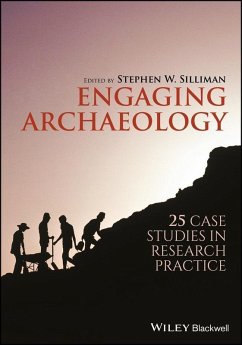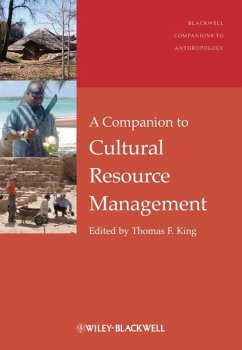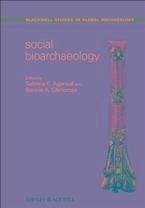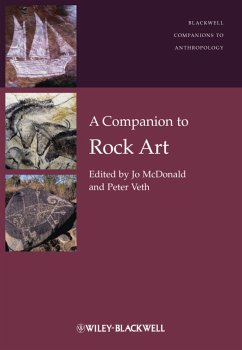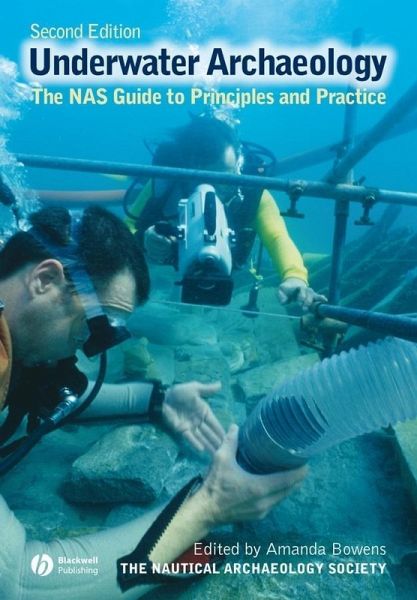
Underwater Archaeology (eBook, ePUB)
The NAS Guide to Principles and Practice
Redaktion: Bowens, Amanda
Versandkostenfrei!
Sofort per Download lieferbar
39,99 €
inkl. MwSt.
Weitere Ausgaben:

PAYBACK Punkte
0 °P sammeln!
Underwater Archaeology: The NAS Guide to Principles and Practice provides a comprehensive summary of the archaeological process as applied in an underwater context. * Long awaited second edition of what is popularly referred to as the NAS Handbook * Provides a practical guide to underwater archaeology: how to get involved, basic principles, essential techniques, project planning and execution, publishing and presenting * Fully illustrated with over 100 drawings and new colour graphics * New chapters on geophysics, historical research, photography and video, monitoring and maintenance and conse...
Underwater Archaeology: The NAS Guide to Principles and Practice provides a comprehensive summary of the archaeological process as applied in an underwater context. * Long awaited second edition of what is popularly referred to as the NAS Handbook * Provides a practical guide to underwater archaeology: how to get involved, basic principles, essential techniques, project planning and execution, publishing and presenting * Fully illustrated with over 100 drawings and new colour graphics * New chapters on geophysics, historical research, photography and video, monitoring and maintenance and conservation
Dieser Download kann aus rechtlichen Gründen nur mit Rechnungsadresse in A, B, BG, CY, CZ, D, DK, EW, E, FIN, F, GR, HR, H, IRL, I, LT, L, LR, M, NL, PL, P, R, S, SLO, SK ausgeliefert werden.



